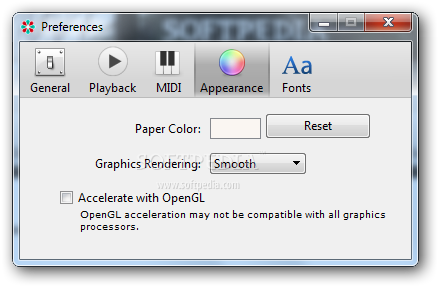

There are definitely medical practices that have an EMR and patient portal but have failed at implementation. What patients respond to is how I explain the benefits of the portal in a way that shows how it will make their lives easier. In my new patient welcome package, I make it clear to new patients that email is not a safe place to contact me and that using the portal is the only way they can be sure messages are secure to HIPAA standards. Then I had an idea to add a link advertising my patient portal at the end of my text and email appointment reminders. My patients loved it, and I got a lot of positive reviews in the process. This year I started making all appointments digitally through a system that automatically sends out reminders to my patients via text and email. If you have an appointment reminder system that integrates with your EHR you can set up a good reminder system so that you will see your patients at least once a year for a checkup.

Maybe it is, or maybe there are smarter ways to work the system in their favor that they just don’t know about. Most docs complain that the 5% patient portal requirement is unfair because it is out of their control. They are asking this because they are struggling to meet Meaningful Use Stage 2 requirements.
Mus2 2015updates how to#
The question for most doctors is how to teach patients to be more engaged with the convoluted, fragmented, and confusing healthcare system. I am the definition of an engaged patient.īut, I know how the system works from the inside out. I track multiple health markers on my cellphone, and am proactive about my preventive screenings. Right now, I make and cancel appointments, get prescriptions filled, look at test results, pay bills and email my doctor-all from my computer. Medical technology has undergone dramatic changes in the last 10 years.


 0 kommentar(er)
0 kommentar(er)
